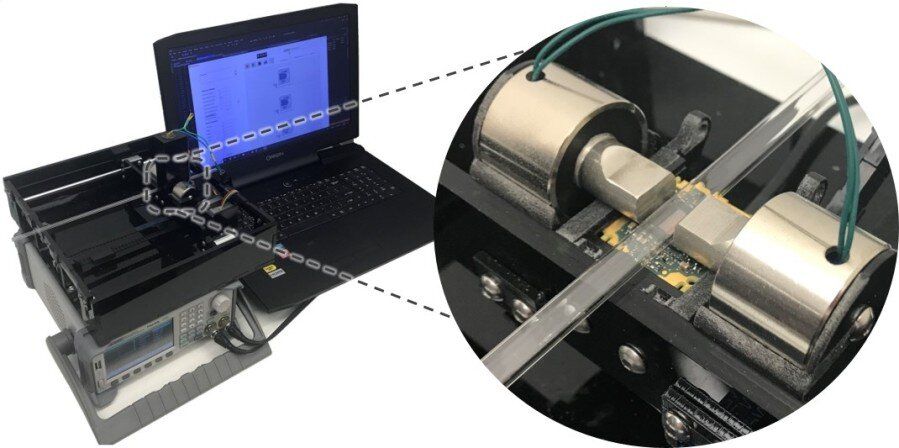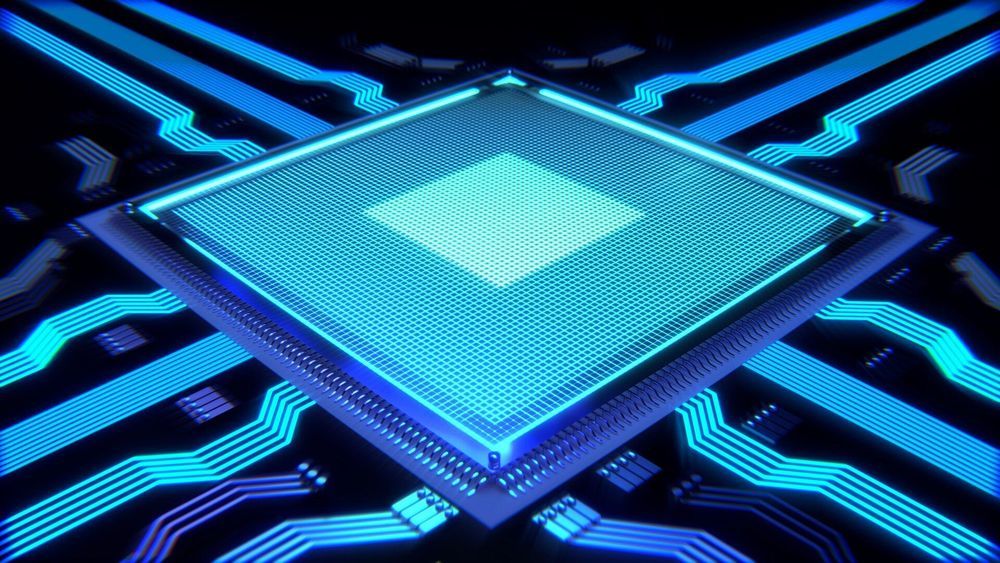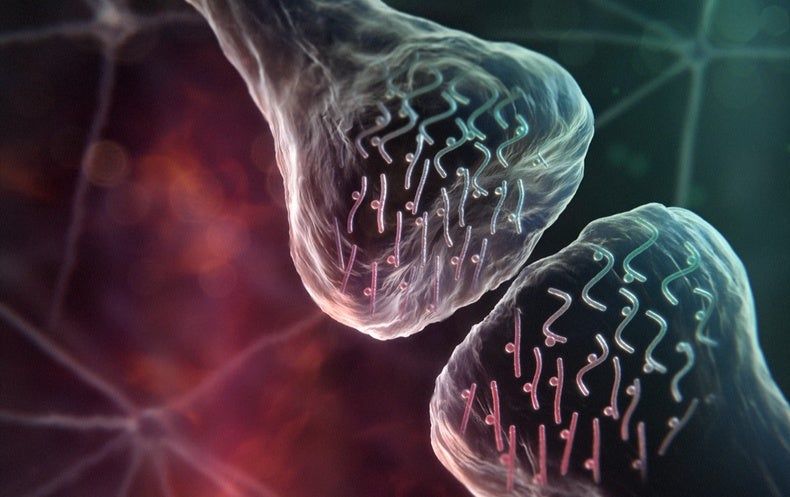US biotechnology company called Bioquark has been given permission to recruit 20 clinically dead patients and attempt to bring their central nervous systems back to life. They hope to eliminate patients’ need to rely on machines by reanimating parts of the upper spinal cord, where the lower brain stem is located, to potentially energize vital body functions like breathing and heartbeats.
Trial participants will have been declared certified dead and kept alive solely through life support machines. “This represents the first trial of its kind and another step towards the eventual reversal of death in our lifetime,” said CEO of Bioquark Inc., Ira Pastor.
The team, who has been granted ethical permission from an Institutional Review Board at the National Institutes of Health in the US and India to begin trials on 20 subjects, is looking to recruit patients for its ReAnima Project as soon as possible.






